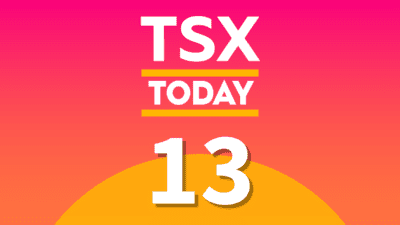Throughout 2022, talk of a potential recession on the horizon has become increasingly more frequent. It seems lately, though, that many economists, analysts, and investors alike all continue to believe that the chances of a recession on the horizon are growing.
In fact, just this week, Goldman Sachs announced that it now sees a 30% chance that the U.S. economy will slip into recession over the next year, which is up from its previous forecast of 15%.
As more economic data comes out, specifically inflation numbers, economists, analysts, and investors are increasingly worried about a recession that could begin materializing toward the end of 2022.
But before we get into analyzing the economy and the potential that it enters a recession, though, it’s important to understand that while we want to be prepared for a recession, in general, they’re not all bad.
The term recession can be scary, especially for new investors. However, it’s important to understand that not all recessions are equal.
All a recession consists of is at least two consecutive quarters of negative growth in an economy. So, if GDP falls by 0.1% for two straight quarters, that’s much different than if GDP was to fall by 2% or 3% and for much longer.
Another factor to keep in mind is that a recession, especially a mild one, could be healthy for the economy, especially over the long haul. Recessions are natural and will always occur. But the longer the economy goes without a recession, the more structural problems can build.
Nevertheless, it’s still crucial to watch how the economy is performing to get an idea of how your stocks may be impacted.
Let’s look at what could cause a recession, what the likelihood of it happening is, and how that may impact Canadian stocks.
Could there be a recession in 2022?
While there likely won’t be a recession in 2022, the economy could certainly move that way for the rest of the year and cause a recession in early 2023. For now, it’s still too early to tell, which is why there is so much uncertainty in markets, and why investors remain on edge.
The biggest hurdle that the economy needs to get over is sky-high inflation. However, in order to bring down inflation, central banks are increasing interest rates rapidly.
Increasing interest rates are meant to slow down the economy. The problem is that in order to get ahead of inflation, interest rates are rising rapidly and significantly. If they rise too quickly, though, the economy will almost surely fall into a recession.
Central banks now have a tough balancing act for the rest of 2022 where they need to increase interest rates enough to slow inflation but not too much that they send the economy into a major recession. Therefore, the longer inflation stays elevated, the longer Canadian stocks will have trouble bottoming.
For example, Shopify stock was already ultra-cheap heading into June. But after new inflation numbers came out in the States and were worse than expected, the stock, along with the rest of the TSX, sank to a new low for 2022, as fears of a recession grew once again.
If you’re wondering whether a recession will actually materialize or how long stocks may continue to fall in value, what you really have to watch are the new inflation numbers as they come out.
Because the longer inflation continues to stay elevated, and the more that central banks have to raise rates, the higher the likelihood of a recession materializing.







